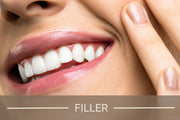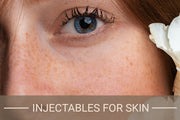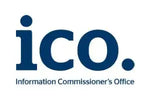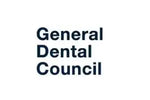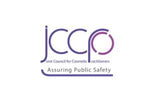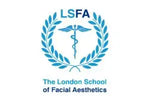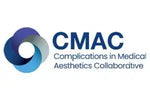Botox Treatment: What to Do Before and After
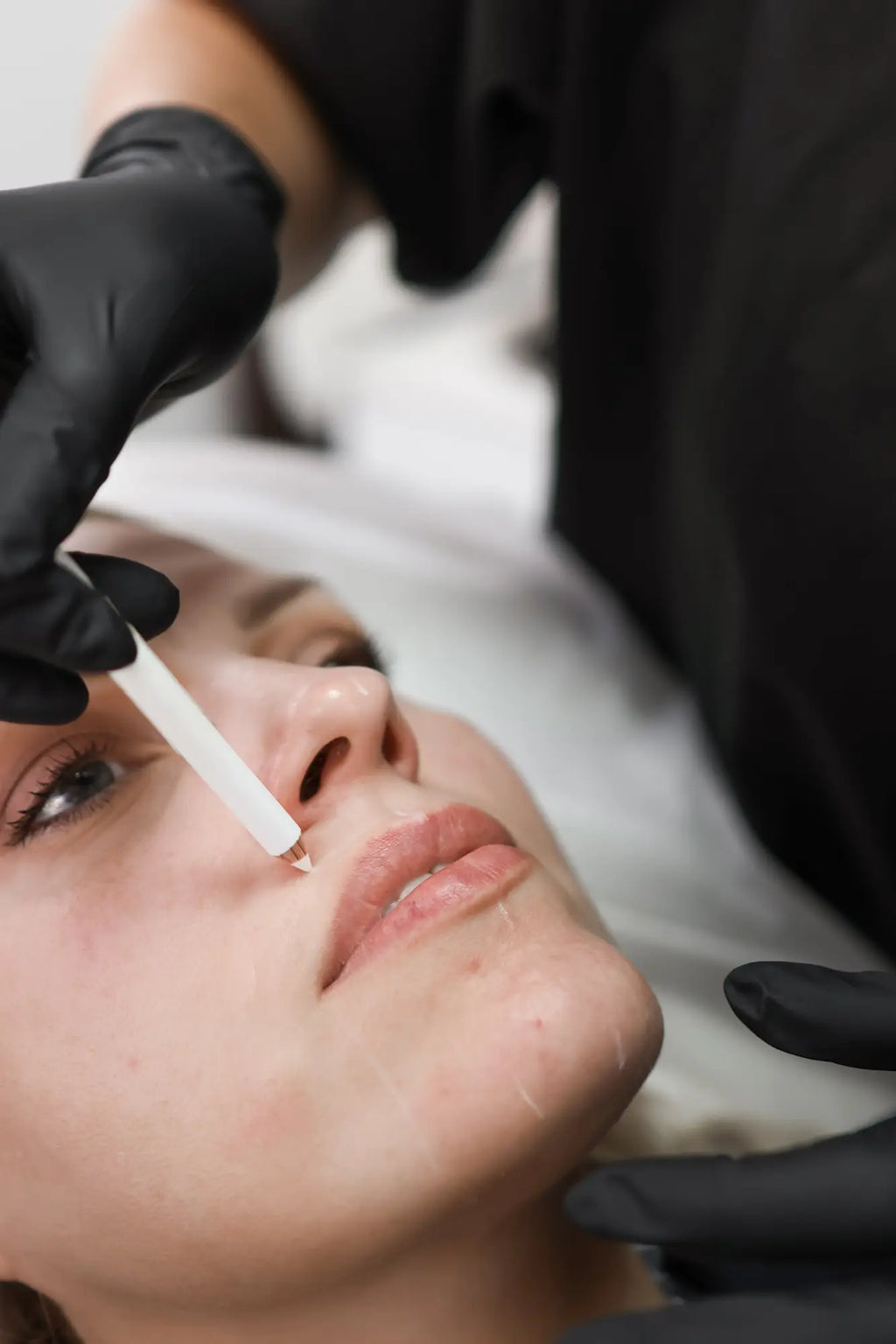
Content Verification



✨ Quick Summary: Botox Prep & Aftercare ✨
- 🧴 Avoid alcohol, aspirin, and retinol 24–48 hours before treatment.
- 💧 Stay hydrated and arrive with clean, makeup-free skin.
- 🚫 Don’t rub or touch the area post-treatment (at least 24 hours).
- 🏋️♀️ Skip intense exercise and lying flat for 4–6 hours after.
- 🕒 Results appear gradually — expect smoother skin in 3–7 days.
💡 Expert Advice & Handy Tips 💡
- 🧠 Plan ahead! Schedule your Botox session at least 2 weeks before any big event.
- 🗨️ Tell your practitioner about any meds or medical conditions you have.
- 🛏️ Sleep slightly elevated the night after to avoid pressure on treated areas.
- 📸 Take a “before” pic — it’s super satisfying to see the glow-up!
Considering Botox treatment? You're not alone—Botox is one of the most popular cosmetic procedures in the UK. While safe and effective, the success of your results depends heavily on proper preparation and aftercare.
Understanding what to do before and after Botox is essential to minimise risks and achieve the best possible outcome. This guide offers medically sound Botox tips to help you prepare safely and recover effectively.
Whether it’s your first time or a repeat appointment, knowing what to expect matters. At the end of this article, you'll feel informed, confident, and ready to make the right choices.
What is Botox?
Botox is a widely used injectable treatment designed to temporarily relax specific facial muscles. It is most often used in cosmetic treatment settings to reduce the appearance of fine lines and wrinkles.
“Botox injections work by blocking nerve signals to targeted muscles, helping to soften expression lines,” explains Dr Laura Geige, Medical Director and Senior Practitioner at It’s Me & You Clinic. “It’s a controlled, localised procedure performed in clinical environments by qualified practitioners.”
In the UK, Botox is a prescription-only medicine regulated by the Medicines and Healthcare products Regulatory Agency (MHRA). It may only be administered by trained professionals with the appropriate medical qualifications.
While commonly associated with facial rejuvenation, Botox has medical applications too, such as treating muscle-related conditions. However, when used for cosmetic purposes, it is typically focused on areas like the forehead, frown lines, and crow’s feet. Always ensure that Botox injections are carried out in a licensed clinic under the supervision of a medical professional.
What to Do Before Botox
Preparation plays a key role in reducing the risk of complications and enhancing your overall Botox experience. Following clinical guidance ensures safer results and a smoother recovery.
Book with a Qualified Practitioner
In the UK, Botox is a prescription-only medicine and should only be administered by licensed professionals. Choosing a qualified practitioner ensures the treatment is both safe and legally compliant.
“Patients should always check whether their practitioner is registered with the GMC, NMC, or BCAM,” advises Dr Snieguole Geige, Dentist, Medical Doctor and Senior Adviser. “This guarantees a basic standard of training and accountability, which is essential in any medical or cosmetic treatment.”
Regulated clinics are legally required to follow strict protocols around hygiene, storage, and patient consent. This protects you from potentially serious complications and ensures Botox injections are performed with care and precision.
Avoid These Substances Before Botox
What you consume before your appointment can influence your body’s response to Botox. Certain substances may increase the risk of side effects such as bruising or swelling.
It’s best to avoid alcohol, aspirin, ibuprofen, and high-dose vitamin E for at least 24–48 hours prior. Some herbal supplements—such as ginkgo biloba, ginseng, and fish oils—can also thin the blood and should be paused if medically safe.
Dr Giedre Narkiene, Dermatology Specialist, explains, “Reducing the intake of blood-thinning substances before Botox is a practical way to lower bruising risks. It's something many patients overlook, but it does make a difference.”
This kind of Botox preparation helps improve outcomes while reducing the chance of unwanted marks or discomfort post-procedure.
Skin and Health Prep
Your skin should be in a calm, healthy state at the time of treatment. Avoid scheduling any invasive skincare treatments in the days leading up to Botox.
That means no waxing, chemical peels, microdermabrasion, or laser treatments near the injection area. These can sensitise the skin, making it more reactive or prone to irritation.
Stay well-hydrated, eat normally, and get adequate rest. A healthy immune system and well-balanced skin condition support a smoother response to cosmetic procedures. If you're feeling unwell or have an active skin infection, it’s best to postpone your appointment until you’ve fully recovered.
What to Expect During the Procedure
Understanding the Botox procedure helps manage expectations and reduce anxiety on the day of treatment. The process is generally quick and minimally invasive when performed by a qualified professional.
A typical Botox procedure in the UK begins with a short consultation to assess your concerns, facial anatomy, and suitability. The practitioner may mark specific injection sites based on muscle movement and treatment goals.
“Each Botox injection process is tailored to the individual’s muscle pattern and natural expressions,” explains Dr Laura Geige. “Accuracy in placement is what defines both the safety and the subtlety of the result.”
The injections themselves take around 10 to 20 minutes and involve only minor discomfort, often described as a small pinch. Most people tolerate the treatment well and return to normal activities shortly after. There is no need for anaesthetic, though ice or numbing cream may be offered for sensitive areas.
What to Do After Botox
How you care for your skin following Botox injections can influence both the outcome and your recovery experience. Adhering to proper aftercare advice helps reduce unwanted side effects and supports more predictable results.
Immediate Aftercare Tips
The first 24 hours are particularly important for protecting the treatment area. Follow these Botox aftercare steps closely to minimise complications and support healing.
Avoid touching, rubbing, or massaging the injected areas for at least 24 hours. Remain upright for four hours post-procedure to reduce pressure on the treated muscles.
“Patients often underestimate how simple movements like leaning over can affect their post-Botox routine,” says Dr Snieguol eGeige. “Staying upright and hands-off gives the product time to settle as intended.”
Makeup should also be avoided for the first few hours. This reduces the risk of contamination and skin irritation around sensitive sites. Allow the skin to breathe while it begins the healing process.
Activities to Avoid
Certain activities can interfere with how Botox settles into the muscle, potentially reducing its effectiveness. Knowing what not to do after Botox is just as important as what you should do.
Avoid strenuous exercise, saunas, steam rooms, and hot baths for at least 24–48 hours. These can increase blood flow to the face and potentially disperse the product away from the targeted area.
It’s also recommended to avoid alcohol for at least 24 hours, as it may increase the likelihood of bruising. Sunbeds and facial treatments should be postponed until any swelling or tenderness has fully resolved.
“Many patients ask, ‘Can I work out after Botox?’” says Dr Giedre Narkiene. “It’s best to wait at least a day or two. Increased blood pressure from exercise can interfere with the treatment’s placement.”
Being cautious during this period allows the treatment to integrate properly into the facial muscles without disruption.
Managing Side Effects
Some mild side effects are common after Botox, especially around the injection sites. These may include slight swelling, bruising, or tenderness and usually resolve within a few days.
Small, raised bumps may appear temporarily but typically settle within 30 minutes. Bruising can take several days to fade but is not considered abnormal unless severe.
Seek medical advice if you experience significant pain, spreading redness, or any symptoms that feel unusual. While complications are rare, prompt attention helps rule out any adverse reactions and offers peace of mind.
When Will You See Results?
Most patients begin to notice visible changes within 3 to 7 days after treatment. However, the full effect of Botox is usually seen around the two-week mark.
“The Botox results timeline can vary slightly between individuals depending on muscle activity and treatment area,” explains Dr Laura Geige. “It’s important to wait the full two weeks before assessing the final outcome.”
Understanding how long Botox takes to work helps set realistic expectations. Follow-up reviews are commonly scheduled after 14 days to evaluate symmetry and determine if any adjustments are needed.
Maintaining Your Botox Results
To achieve long-lasting Botox results, it’s important to adopt supportive skincare habits and protect your skin from sun damage. Daily SPF use, gentle cleansing, and hydration help maintain skin health between treatments.
“Good skin care and lifestyle choices play a significant role in extending the benefits of Botox,” says Dr Giedre Narkiene. “Think of Botox maintenance tips as part of an overall skin wellness plan, not a one-off procedure.”
Top-ups are typically recommended every 3 to 4 months, depending on how your body metabolises the product. Regular follow-ups ensure consistent, balanced outcomes over time.
The Bottom Line
Proper Botox preparation and aftercare play a key role in ensuring a smooth, effective treatment experience. Avoiding certain substances, choosing a qualified provider, and following professional aftercare advice all contribute to better results.
When carried out by a licensed medical practitioner, Botox injections are generally safe and well-tolerated. Always consult a registered professional who understands your needs and can guide you responsibly. Being informed and cautious is the first step towards a positive, well-managed outcome.
Disclaimer: This article is for informational purposes only and does not constitute medical advice. Always consult a qualified medical professional before undergoing any cosmetic procedure.
